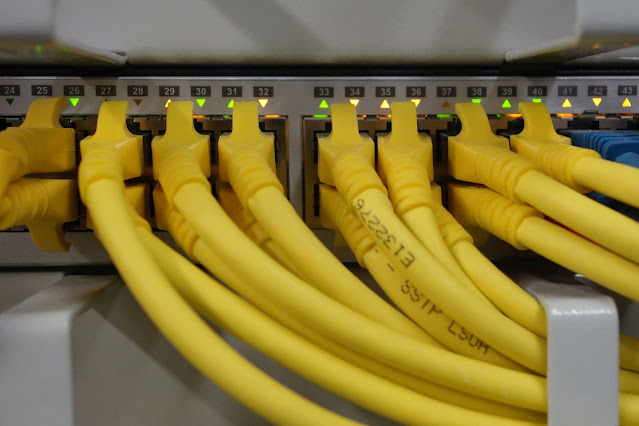A network topology known as "Ring topology" connects devices in a circle.
This topology is most frequently utilized in wide-area networks (WAN) and local area networks (LANs).
Both coaxial and RJ-45 cables can be used for the connection.
In this architecture, every device is connected to every other device, creating a structure resembling a ring.
As a result, the data are flowing continuously one after the other. Token passing is the method utilized to transmit bits of information in this context.
There are two different kinds of ring topologies depending on which way the data travels. These two types of ring networks are unidirectional and bidirectional.
Ring topology has a number of benefits, but it isn't perfect. Like other networking configurations, ring topology has advantages and disadvantages that should be taken into account.
I'll be discussing the 7 Advantages and Disadvantages of Ring Topology | Drawbacks & Benefits of Ring Topology in this essay, along with its advantages and disadvantages. You will learn about the benefits and drawbacks of ring topology through this essay.
Let's get started,
Advantages of Ring Topology
1. Implementation
It takes less work to implement a network with a ring topology. Devices can be arranged indefinitely one after the other.
The quantity of gadgets that can be installed is unrestricted. The only device that needs to be moved when more are added is the one next to it.
2. Performance
.jpg) |
| Image Credits :- Pixabay.com |
Another benefit of a ring network is its high speed data transfer rates. Here, data exchanges between workstations typically happen quite quickly.
Its performance won't be affected, not even in the case of a high load.
3. Scalability
The ring topology's design simplifies the scalability procedure. Workstations can be added by users one at a time.
There won't be any network overloads or performance drops as a result.
4. Reliability
 | |
|
Ring topology can be made somewhat dependable even though it does not have the robustness feature. particularly by utilizing several rings.
There are very few failures thanks to ring topology's bidirectional characteristic.
Here, the info is moving both ways. Consequently, distinct routes are followed for the same node.
5. Data Direction
There are extremely few opportunities for data collisions thanks to the ring topology's one-way data flow. This makes the data distribution procedure more seamless.
6. Server Requirement
A network server is not necessary because every workstation is connected in a circular fashion.
As a result, with this configuration, every workstation has independent connectivity. The wires used to connect each item are the only prerequisite in this case.
Troubleshooting a problem in ring topology is a simple task, unless it is unidirectional. All of the workstations that are positioned after the broken computer will stop operating in the event of a breakdown.
As a result, users might find the point of failure faster.
Disadvantages of Ring Topology
In general, setting up a network using a ring topology system involves purchasing pricey hardware components.
The workstations cannot be connected without the correct connections and network cards. This increases the expense of the installation process.
Therefore, it is advised that consumers on a limited budget choose one of the alternative solutions.
2. Speed
Even with its high data transport speeds, ring topology is still slower than star topology. Every workstation is traversed by data as it travels from one device to another. The amount of time the data takes to get to its destination is delayed as a result. As a result, this impacts network performance overall.
3. Security
 | |
|
A data packet traveling through all connected workstations is known as ring topology. Every linked workstation will have access to each other's data. Since sensitive information can be easily accessed by unauthorized individuals, this raises some security and privacy concerns.
4. Robustness
The majority of networks with ring topologies follow a unidirectional course. which basically implies that every gadget is reliant on every other device. If one workstation fails, the network as a whole must be compensated.
5. Device Connection
Network activity is disrupted whenever a new node is added or removed from the ring topology.
Here, every workstation is connected to every other one. It implies that during network changes, users must bear the cost of disruptions.
6. Cable Failure
 | |
|
One cable powers the complete ring topology network. This cable has a number of network nodes arranged in a circle.
In the unlikely event that either the dropline or the connector fails, the signals will stop moving.
7. Bandwidth Shortages
Bandwidth is severely constrained in ring topology. There may not be enough bandwidth if there are additional devices connected.
The users may so encounter delays in communication. For this reason, it is best to ensure that this architecture has a small number of connected nodes.








No comments:
Post a Comment